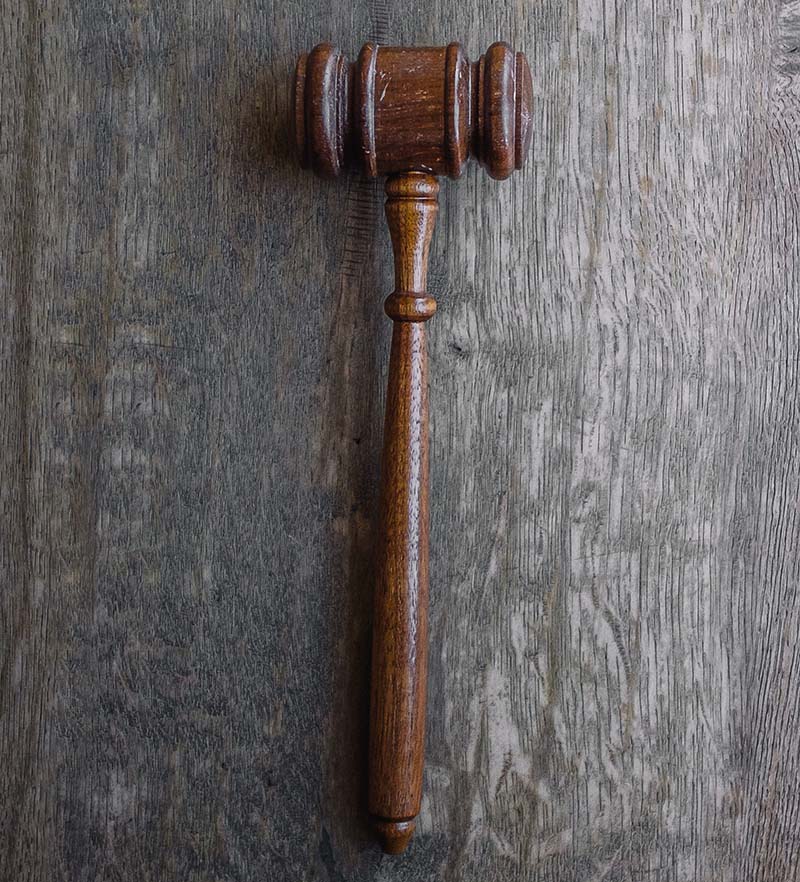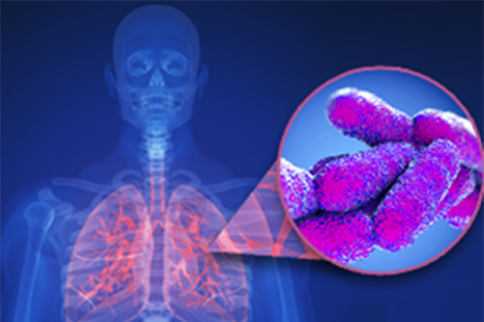Have you been affected by the wrath of Legionnaires' disease?
For people stricken with Legionnaires’ disease, it is often a difficult decision whether litigation is the proper route to take. If you acquired Legionnaires’ disease and believe that someone else was responsible and that they had a duty to value your safety and well-being, pursuing litigation is a proper route to take.
If you think you have a case – let me help you contact me on 215-988-0160

Legal FAQ
The answer to this question can only be given after a thorough analysis of the facts and the law has been done. For any type of personal injury case, a client can recover monetary damages if the following questions are answerable in the affirmative: 1) Does the potential wrongdoer owe a duty to the injured person?; 2) Is the injured person’s status appropriate for recovery under the law?; 3) Has the duty owed the injured person by the wrongdoer been breached?; 4) Was it reasonably foreseeable that harm would be suffered by the injured person if this breach occurred?; 5) Did the injured person suffer damages?
The attorney is paid only if recovery of monetary damages is recovered for the client. This is called a contingency fee agreement.
The litigation is started by filing a complaint. The defendant then answers the compliant, and sometimes files preliminary objections. Discovery then begins, during which time interrogatories or written questions are asked under oath of various parties and witnesses. Often consultation with the Court through various status and settlement conferences then ensues. Trial occurs at the end of this process.
Usually, the attorney representing the injured person pays the costs during the litigation. The attorney is reimbursed at the end of the litigation if there is any monetary recovery for the injured person.
You can call us on 215-988-0160, email Zacherlaw@gmail.com or complete the Free Consultation form (see Button below) and we will reach out to you.

Legionnaire's disease FAQ
Legionnaire’s disease is caused by the bacteria Legionella pneumophila. The bacteria was first identified in 1977 by the CDC as the cause of an outbreak of pneumonia in Philadelphia. The disease caused by the bacteria is called legionellosis.
The disease has an incubation period of two to ten days with the harshest symptoms including coma and death, to the lesser symptoms of a mild cough and low fever. Malaise, muscle aches and slight headache typify the early symptoms, with high fever (up to 105 degrees), a dry cough, and shortness of breath seen in later symptoms. Vomiting, diarrhea, nausea and abdominal pain are also present frequently.
(A) Culture of the organism in the laboratory from viable cells of Legionella from sputum, bronchial washing or autopsy is the most reliable method of diagnosing the disease.
(B) Urine antigen test is a less reliable but strong indicator of the presence of Legionella pneumophila.
(C) Direct fluorescent antibody (DFA) staining of lung aspirates is less reliable because few organisms are present during the initial stages of the disease.
(D) An increase in the antibody level in the blood of an infected person occurs four to eight weeks after the onset of the disease. A fourfold increase in the antibody titer four to eight weeks after the initial blood test was performed, along with a positive diagnosis of pneumonia, is a very good indicator of Legionnaire’s disease.
Get a Consultation for your case
The firm will be pleased to talk with you about your case. Complete the form and we will reach out to you or give us a call @ 215-988-0160